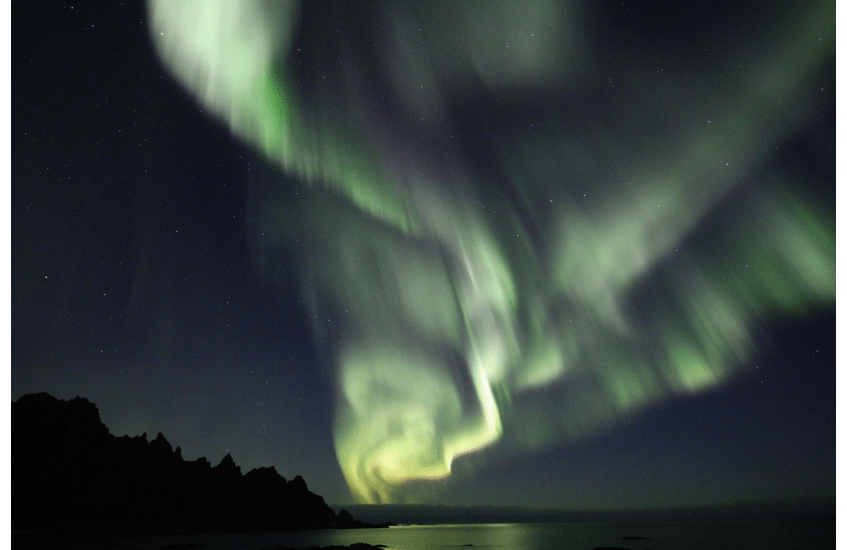Photo: Kjartan Olafsson, BCSS
Sometimes, a dark sky may suddenly light up in beautiful auroral colors and movements. Such a sudden brightening may be referred to as the onset of a substorm, tying together disturbances in the Earth’s magnetosphere to the high-latitude ionosphere. Specifically, energy from the magnetotail is being injected and released in the ionosphere, resulting in a magical auroral display on the sky.
Even though substorms have been studied and investigated in countless papers for decades, they still bring lots of questions to the table for scientists. One such question is the location of substorm onset, that can take place over a wide range of latitudes and longitudes on the nightside of the Earth.
In a new study by R. Elhawary et al. [2022] entitled “Possible Ionospheric Influence on Substorm Onset Locations”, they show that substorms tend to begin at earlier local times during geomagnetically active times than during quiet times. “This finding suggest that ionospheric conditions may play a role in determining where substorms occur”, Phd Candidate Reham Elhawary explains. “Previous studies have shown that the By component of the interplanetary magnetic field (IMF) explains approx. 5 % of the variation in onset magnetic local time (MLT). In this study (Elhawary et al., 2022), we show that the level of geomagnetic activity before substorm onset explains an additional 5 %”, Elhawary says.

Panel a. of the attached figure illustrates our interpretation of the onset MLT dependence on the AL index: Since the shift is in the same direction in both hemispheres, it is presumably not an effect of mapping, as with IMF By Instead of a mapping effect, there is a real shift of substorm onset location in the magnetotail towards dusk when geomagnetic activity increases. The blue magnetic field line in panel a. represents a quiet time situation, and the red magnetic field line represents active times. Panel a.1 and panel a.2 show the distribution of substorm onset locations observed in the northern hemisphere and the southern hemisphere respectively for high (green) and low (orange) activity, quantified in terms of the AL index prior to the substorm onset. We see that the effect is in the same direction in the two hemispheres.




